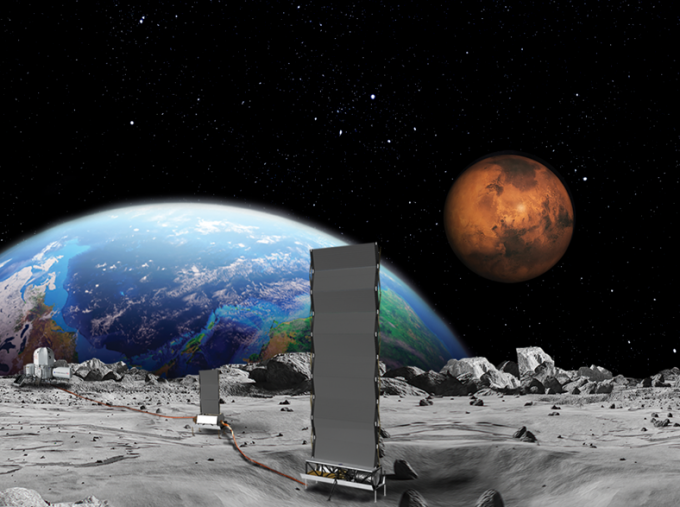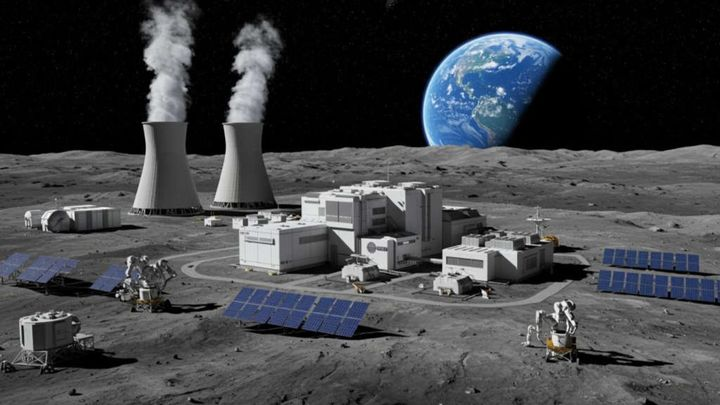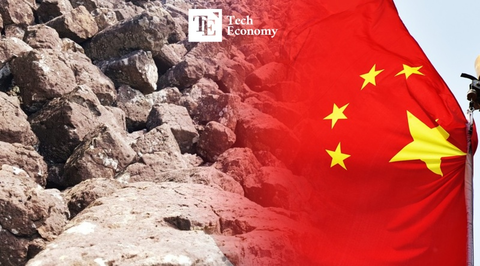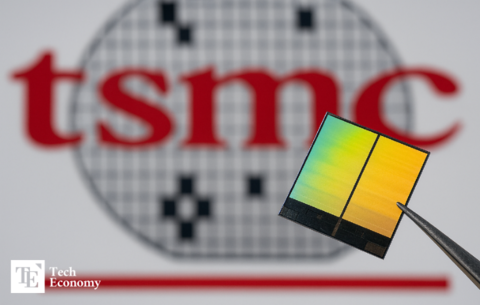NASA Accelerates Plans to Deploy 100kW Nuclear Reactor on Moon Amid China-Russia Space Race
Input
Modified
Concerns Over Exclusion Zones, Race for Technological Dominance Minimum 100kW Power Requirement for Lunar Survival and Mars Transit Pursuit of Space Supremacy Through Preemptive Lunar Reactor Deployment Ahead of China and Russia

With growing concerns over potential "restricted zones" on the Moon, the United States is moving swiftly to assert technological leadership by initiating a plan to build a nuclear reactor on the lunar surface by 2030. The initiative is viewed as a strategic preemptive move to counter China and Russia, who have jointly signaled intentions to declare secured lunar areas for their own use by 2035.
U.S. Accelerates Nuclear Deployment on the Moon
According to CNN on August 5 (local time), U.S. Transportation Secretary Sean Duffy, who also serves as acting NASA Administrator, has recently directed the space agency to expedite efforts to deploy a nuclear reactor on the Moon. Duffy reportedly warned that if another country were to establish a lunar reactor first and declare an exclusion zone, it could effectively block the United States from constructing its own lunar base. CNN added that Duffy is expected to unveil more detailed plans within the week.
The directive involves soliciting industry proposals to launch a 100-kilowatt-class reactor to the Moon by 2030. Given the Moon's day—approximately 29.5 Earth days—with two weeks of sunlight followed by two weeks of darkness, reliance on solar energy alone is deemed unfeasible. Scientists view nuclear reactors as the most viable solution for delivering sustained power in such an environment. Even minimal outposts cannot rely solely on solar energy to meet their power demands.
Experts believe that the deployment of a lunar reactor by 2030 is technically achievable under Duffy’s plan. Lionel Wilson, professor of Earth sciences at Lancaster University in the UK, told the BBC on the 5th, “It is technically possible to install a reactor on the Moon by 2030,” adding that preliminary designs for small-scale reactors are already underway.
Private Sector Engagement for Pre-Deployment Design
NASA previously awarded $5 million each to three companies—Lockheed Martin, Westinghouse, and IX—in 2022 to conduct early design research for 40kW-class reactors. The current directive from Secretary Duffy aims to transition this research into commercial development of 100kW-class systems and move toward actual deployment. Under the initial contracts, the companies have been developing nuclear fission power systems designed to operate on the Moon for at least ten years. These systems are expected to outperform alternative energy systems by delivering reliable, location-independent power, irrespective of solar exposure or local environmental conditions.
Jim Reuter, Associate Administrator for NASA’s Space Technology Mission Directorate, stated that the United States intends to leverage emerging technologies to lead exploration on the Moon, Mars, and beyond. These advancements are seen as critical to enabling long-term human habitation in extraterrestrial environments. To that end, NASA is providing its miniaturized space nuclear reactor technology to participating companies. The fission surface power system is anticipated not only to generate power but also to support nuclear propulsion systems, thereby advancing deep space exploration. John Wagner, director of the Idaho National Laboratory, commented, “If this mission succeeds, it will mark the first step for the U.S. in establishing nuclear capabilities on the Moon,” adding, “We are eager to see the results from each participating team.”

Racing Ahead of China and Russia
The U.S. effort underscores its ambition to win the second space race. Earlier this year, China and Russia jointly announced plans to build a lunar nuclear power station by 2036, prompting the United States to accelerate its timeline. According to the scientific community, the two countries have recently signed a formal agreement to construct the reactor, making public their long-rumored cooperation in lunar nuclear infrastructure.
The agreement outlines the use of the reactor to power the International Lunar Research Station (ILRS), a joint China-Russia project aimed at constructing a lunar base in the 2030s. The ILRS currently includes 17 countries, led by China and Russia, with participation from South Africa and others. The initiative competes with the Artemis program, the U.S.-led lunar exploration effort under a separate international accord. China and Russia have stated plans to launch five heavy-lift rockets between 2030 and 2035 to transport necessary equipment for lunar base construction.
The rationale behind the ILRS reactor is that existing power systems cannot meet the energy requirements of a sustained lunar base. Yuri Borisov, head of Roscosmos, said last year that solar panels alone would not provide sufficient power, advocating instead for nuclear energy as the solution for lunar settlement. Borisov also noted that aside from the challenge of reactor cooling, most technical hurdles have been resolved. He added that the planned reactor will operate autonomously, without human intervention.





















